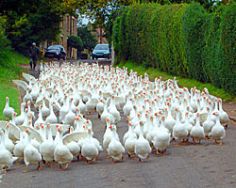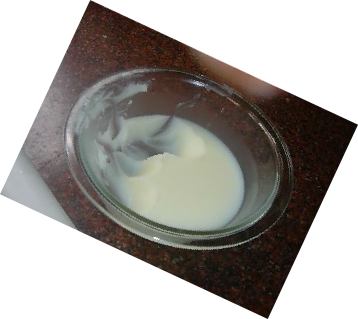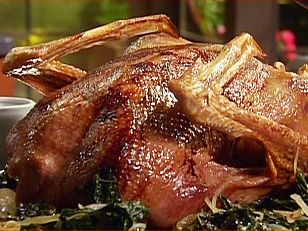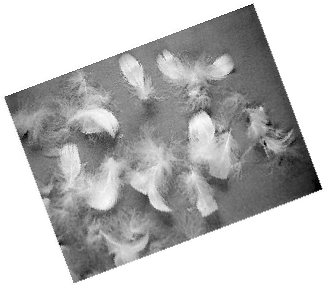Merry Gourmet Miniatures © 1988 - 2025 Designed By Bluechip Computer Support




The Bird of Choice
Goose has always been one of the larger wild fowl, trapped for food since early pre-historic times and by the Iron Age around 800BC, it started being tamed as a domestic bird. Kept in small flocks as a great mainstay in the everyday diet of both secular and monastic life, especially in winter when animal meat was in short supply by the Middle Ages, catchers of wild fowl were supplying town poulterers with geese for sale to customers who could not rear their own and cook shops sold these roasted for an extra penny.
In the domestic kitchen, as an alternative to roasting, geese were stewed in well seasoned pottage or used in game pies and puddings and by the 15th Century, goose was a feature of the Christmas table of Yeoman Farmers, even the ploughman was given a goose at Harvest time, for as all fowl were sold alive and kept so till needed the harvest goose could be fattened up ready for the Yuletide festivities.
Whichever way it is cooked, when the juices have cooled there is a considerable deposit of creamy-white fat, much prized by the housewife, not only for cooking, but for medicinal and toilet purposes. Goose grease is the softest and cleanest of all the fowl fats, macerated with yellow broom, gorse flowers and marigold petals it made a fine ointment for rashes, chilblains, chapped hands and all skin troubles. Mixed with mint, horseradish and mustard it was used for rubbing on the chest for coughs and colds, on the joints for rheumatism and stiffness and it was also used extensively in animal husbandry. It softened leather on saddles and harness straps, and being waterproof and water repellent was used on the shoes and boots of outdoor workers.
Goose feathers and down made the warmest, softest filling for pillows and mattresses and the arrows for the long bow, the pride of the English Army, relied on goose feather flights. Pens made of goose wing quills wrote everything from the Domesday Book onwards. Court Rolls and documents, the wonderfully illuminated prayer books and books of hours written by monks, Chaucer’s poems, Shakespeare’s Plays and Jane Austen novels, in fact almost every written letter, document or record in English history up until 1810 when the steel pen nib was invented.
As the Century progressed the goose slowly fell out of favour, and the turkey continued to rise in consumption, supported by Mrs Beeton, but also in some cases by fashion and certainly by economy. While a reasonable size goose will only serve 4-6, a medium size turkey will serve 8-10. Many were the recipes in cookbooks and periodicals giving dishes for left-over turkey meat.
This rise in popularity has continued, except during serious economic stretches, when the working class, with finances not being able to run to turkey, has resorted to chicken at Christmas, and with the goose clubs having been discontinued, goose has fallen further and further out of fashion, till now only the traditionalists even consider it, and maybe the odd farmer whose wife still raises the Christmas Goose.


By the 17th and 18th Century geese raised in great numbers for Christmas, in Lincolnshire, Norfolk, Suffolk and Cambridgeshire were brought to London and the other town markets on foot. Starting after the harvest, in late August, flocks were driven along the drovers ways feeding as they went, it took them 3 months and farmers had tarred their feet before they set off to help protect them on their long journey. This practise continued well into the 19th Century and Victorian working class families who had paid a few pence each week into a goose club which guaranteed them a bird for Christmas would go to the poulterers a week or two before the holiday to choose their goose.
Come Christmas Day and the roast on the table for the festive meal will most likely be turkey. Once the prerogative of the rich, for it has always been an expensive bird to raise, it has now become so ubiquitous that everyone at whatever level can have their turkey dinner, from the frozen meal for one with vegetables to the largest roast bird. But up to the 19th Century when many of our modern Christmas traditions came into being, the bird of choice for the majority of people was the goose.


